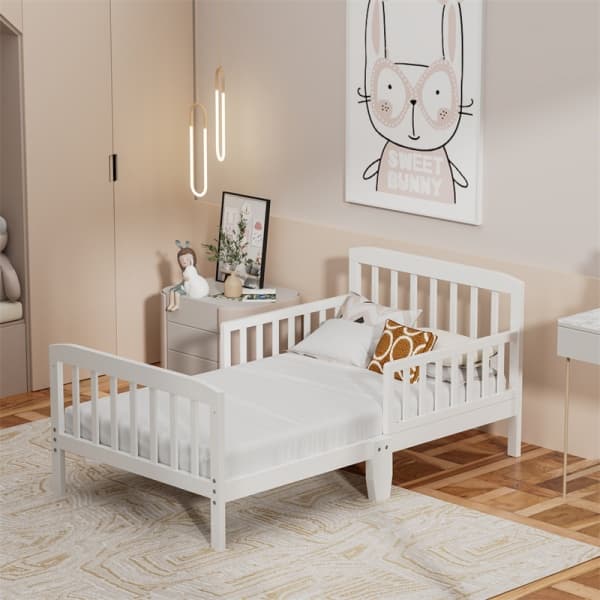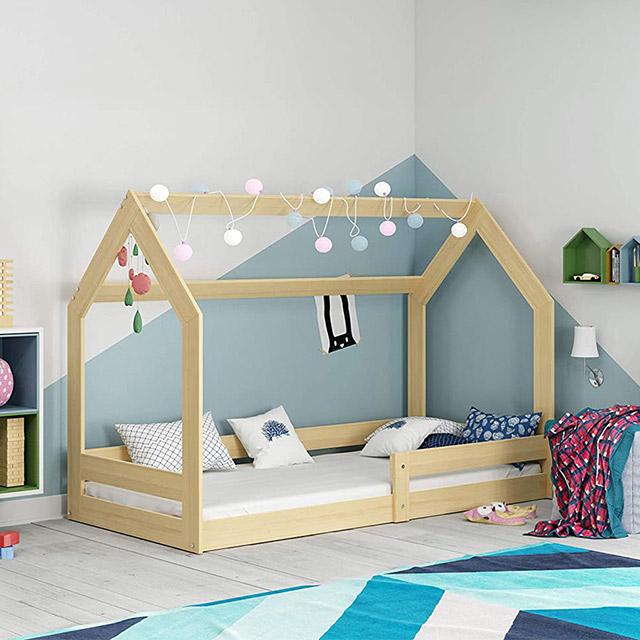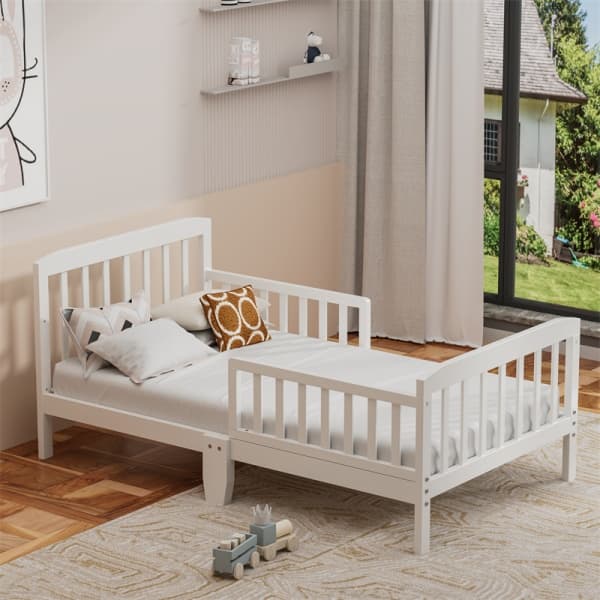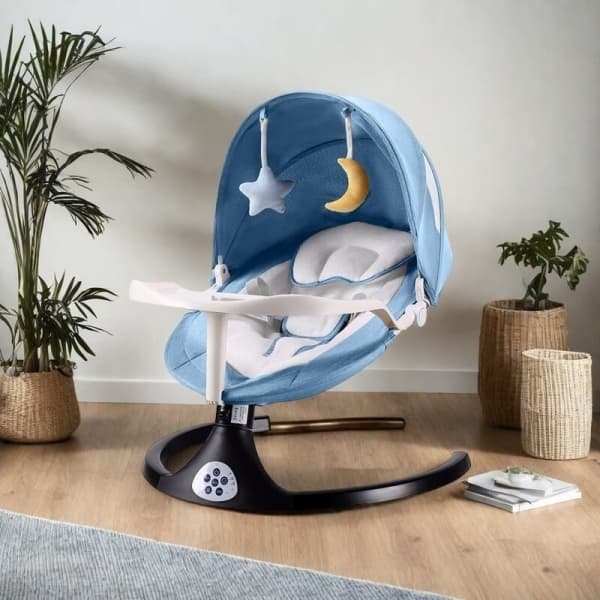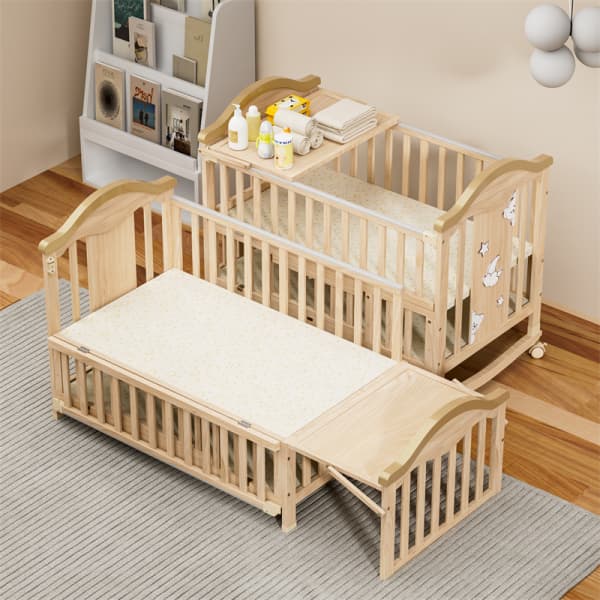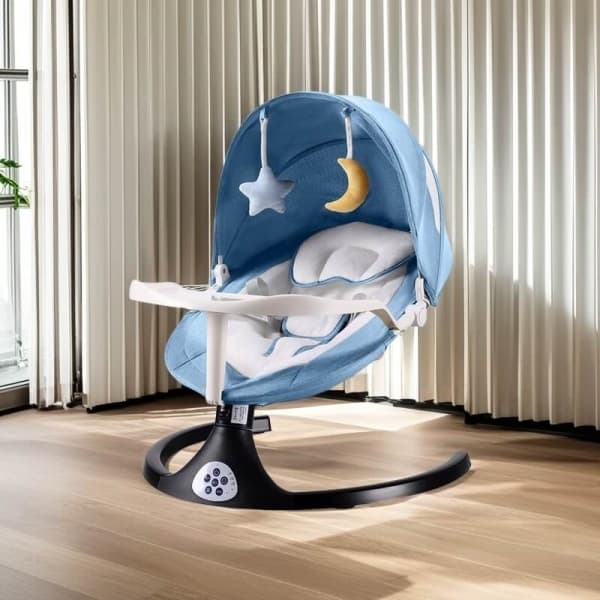In the journey of parenting, the introduction of tools and accessories that promise to ease the burden and enhance the joy of caring for a newborn is always met with a mix of enthusiasm and skepticism.
Among these, baby bouncers have stood out as a popular choice for parents seeking a momentary respite or a safe space for their infant to relax. However, the safety of these devices has been a topic of much debate, prompting a closer examination of their use, benefits, and potential risks.
What Is a Baby Bouncer?
A baby bouncer is a lightweight, semi-reclined seat designed to provide a soothing environment for infants. The design of these seats allows them to bounce gently with the baby’s movements or with a little assistance from a caregiver, offering a calming effect that can be particularly beneficial during times of restlessness or fussiness.
Typically, these bouncers come equipped with a variety of features aimed at entertaining or pacifying the child, including toy bars, vibrating mechanisms, and music players.
The inception of the baby rocker marked a significant milestone in the evolution of childcare products, providing parents with a portable solution that could easily be moved from room to room, ensuring the baby remains in a comforting cocoon while staying within sight.
This aspect of convenience and mobility has contributed significantly to the bouncer’s widespread acceptance and use in households across the globe.
How do Baby Bouncers Function?
Baby bouncers function through a combination of design elements and mechanisms aimed at providing gentle movement and comfort for infants.
Seat Design: The seat of a baby rocking chair is usually made of soft, padded material to provide comfort for the baby. It’s designed to cradle the baby securely while allowing freedom of movement.
Frame Construction: The seat is attached to a frame, which may be made of metal or sturdy plastic. This frame is flexible to allow for bouncing or rocking motion.
Bouncing Mechanism: Infant bouncers may have different mechanisms for creating movement.
- Manual Bouncing: Some baby bouncers rely on the baby’s movements or the gentle pushes from a caregiver to create a bouncing motion.
- Spring or Elastic Mechanisms: Others use built-in springs or elastic bands that respond to the baby’s movements, creating a bouncing effect.
- Battery-Powered: Some modern baby bouncers come with battery-powered motors that generate bouncing or rocking motions at various speeds. These may also feature different vibration settings for additional soothing.
The operation of a baby bouncer is grounded in the principles of natural motion and responsiveness. As the infant moves, the bouncer responds with gentle bouncing or rocking motions, which can help soothe and entertain the baby.
This interaction not only provides a sense of comfort to the infant but also stimulates their developing senses, encouraging motor skills and spatial awareness through natural movements.
Moreover, the design of baby bouncers often incorporates elements that cater to the developmental interests of infants. From brightly colored toys that dangle within reach to engage their visual and tactile senses, to soothing sounds and melodies that provide auditory stimulation, these features are carefully integrated to offer a multi-sensory experience.
Despite the apparent benefits, the functionality of baby bouncers extends beyond mere entertainment and comfort. For many parents, the appeal of a baby bouncer lies in its potential to provide a safe and secure spot for their infant to stay while they attend to household chores or enjoy a moment of rest.
What Safety Mechanisms Does a Baby Bouncer Have?
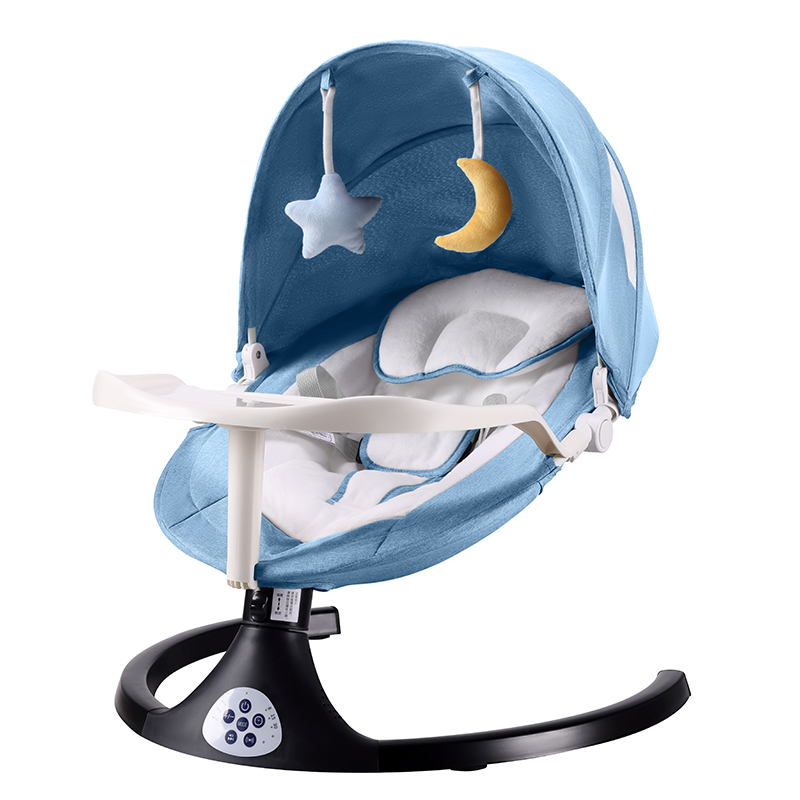
Baby bouncers typically include several safety mechanisms to ensure the well-being of infants. Here are some common safety features found in baby rockers:
- Safety Harness: Most baby bouncers come with a safety harness or restraint system to secure the baby in place while they are seated. This harness typically includes straps that go around the baby’s waist and shoulders to prevent them from falling or climbing out of the rocker.
- Sturdy Frame: Baby rockers are built on sturdy frames made of metal or durable plastic to provide stability and support. The frame is designed to withstand the weight of the baby and prevent tipping over.
- Non-Slip Base: Many baby rockers feature a non-slip base to prevent the rocker from sliding or moving around on smooth surfaces.
- Adjustable Seat Positions: Baby rockers often have adjustable seat positions, allowing caregivers to recline or incline the seat to a comfortable and safe angle for the baby’s age and development stage.
- Locking Mechanisms: Some baby rockers come with locking mechanisms that can secure the rocker in a stationary position, preventing rocking motion when desired. This can be useful for feeding or soothing the baby without movement.
By incorporating these safety mechanisms, baby rockers provide a secure and comfortable environment for infants to relax, play, and rest under adult supervision. Therefore, as long as safety measures are taken, the baby bouncer can be used on newborns with confidence.
What Are the Potential Threats of Baby Bouncers?
Although infant rockers are generally considered safe, it’s important to recognize that like any baby product, they can pose risks if precautions aren’t taken. If safety guidelines are not followed, the following conditions may still occur:
1. Risks Associated with Incorrect Use
When not used as intended or when guidelines are overlooked, these devices can pose significant risks to infants. For instance, placing a bouncer on an elevated surface, such as a table or countertop, can lead to falls if the bouncer tips over or if the baby’s movements cause it to slide off.
Similarly, allowing a baby to spend excessive time in a bouncer can hinder their physical development, as it restricts their movement and limits opportunities for them to explore their environment and strengthen their muscles through activities like tummy time.
2. Potential Hazards and Accidents
Beyond incorrect use, baby bouncer seats are also associated with potential hazards and accidents that can arise from product defects, wear and tear, or lack of supervision. Cases of bouncers collapsing due to structural failures, straps breaking, or toys detaching and posing choking hazards are not unheard of.
These incidents highlight the critical need for stringent quality controls and regular product inspections to identify and mitigate risks before they translate into accidents.
3. Age and Weight Restrictions
Another pivotal aspect of baby bouncer safety revolves around adherence to age and weight restrictions specified by manufacturers. These guidelines are not arbitrary but are based on rigorous testing to ensure the bouncer can safely support the baby’s size and weight.
Ignoring these restrictions can lead to malfunctions or accidents, as the bouncer may not be equipped to handle the load or provide adequate support, putting the infant at risk of injury.
While these risks shouldn’t deter the use of baby bouncers, it’s essential to follow safety guidelines and supervise babies while using them.
How to Use the Baby Bouncer?
1. Choose a Safe Location: Select a flat, stable surface away from hazards such as stairs, cords, or sharp objects. Place the bouncer on the floor rather than on elevated surfaces like tables or beds.
2. Assemble the Bouncer: If it requires assembly, follow the manufacturer’s instructions carefully. Make sure all parts are securely attached and that there are no loose screws or pieces.
3. Adjust Seat Position: Choose a recline angle suitable for your baby’s age and comfort. Newborns may need a more reclined position, while older babies can use a more upright setting.
4. Secure Straps: If the bouncer has safety straps, fasten them securely around your baby. Ensure they are snug but not too tight, allowing your baby to move comfortably.
5. Place Baby in Bouncer: Gently place your baby in the bouncer, ensuring their head and body are properly supported. Make sure your baby’s back is against the backrest and their bottom is seated comfortably.
6. Engage Toy Bar (if applicable): If the bouncer has a toy bar, attach it securely within your baby’s reach.
7. Supervise: Always keep an eye on your baby while they are in the bouncer, especially if they are awake and active. Never leave your baby unattended in the bouncer, even for short periods.
8. Limit Use: Avoid leaving your baby in the bouncer for extended periods. Use it for short periods of supervised play or relaxation, and give your baby plenty of time outside the bouncer for movement and interaction.
Expert Advice on Using Baby Bouncers Safely
1. Guidelines from Pediatricians and Child Safety Experts
They advocate for cautious use, suggesting that bouncers should not replace human interaction or floor time, which are crucial for the baby’s physical and emotional development. These professionals also recommend limiting the time infants spend in bouncers to prevent overreliance on the device for soothing or entertainment.
2. Proper Positioning and Duration of Use
Experts advise that infants should always be securely fastened using the provided safety harnesses to prevent slippage or falls. Additionally, they caution against prolonged use of bouncers, recommending that babies spend no more than short intervals in these seats to avoid potential impacts on their physical development and to encourage a diverse range of activities and interactions throughout the day.
3. Regular Maintenance and Inspection
To mitigate risks associated with wear and tear or product defects, parents and caregivers are encouraged to conduct routine checks for any signs of damage, loose components, or wear that could compromise the bouncer’s safety. This vigilance, coupled with adherence to the manufacturer’s instructions for care and maintenance, can significantly reduce the likelihood of accidents and ensure the bouncer remains a haven for the infant.
Conclusion
In conclusion, while baby bouncers can offer numerous benefits to both parents and infants, their safety hinges on informed and cautious use.
By understanding how these devices function, recognizing the potential risks, and adhering to expert advice on safe usage, parents can make informed decisions that prioritize their infant’s safety and well-being.
As with any tool or accessory introduced into a child’s environment, vigilance and responsibility are key to ensuring that the benefits far outweigh the risks.



